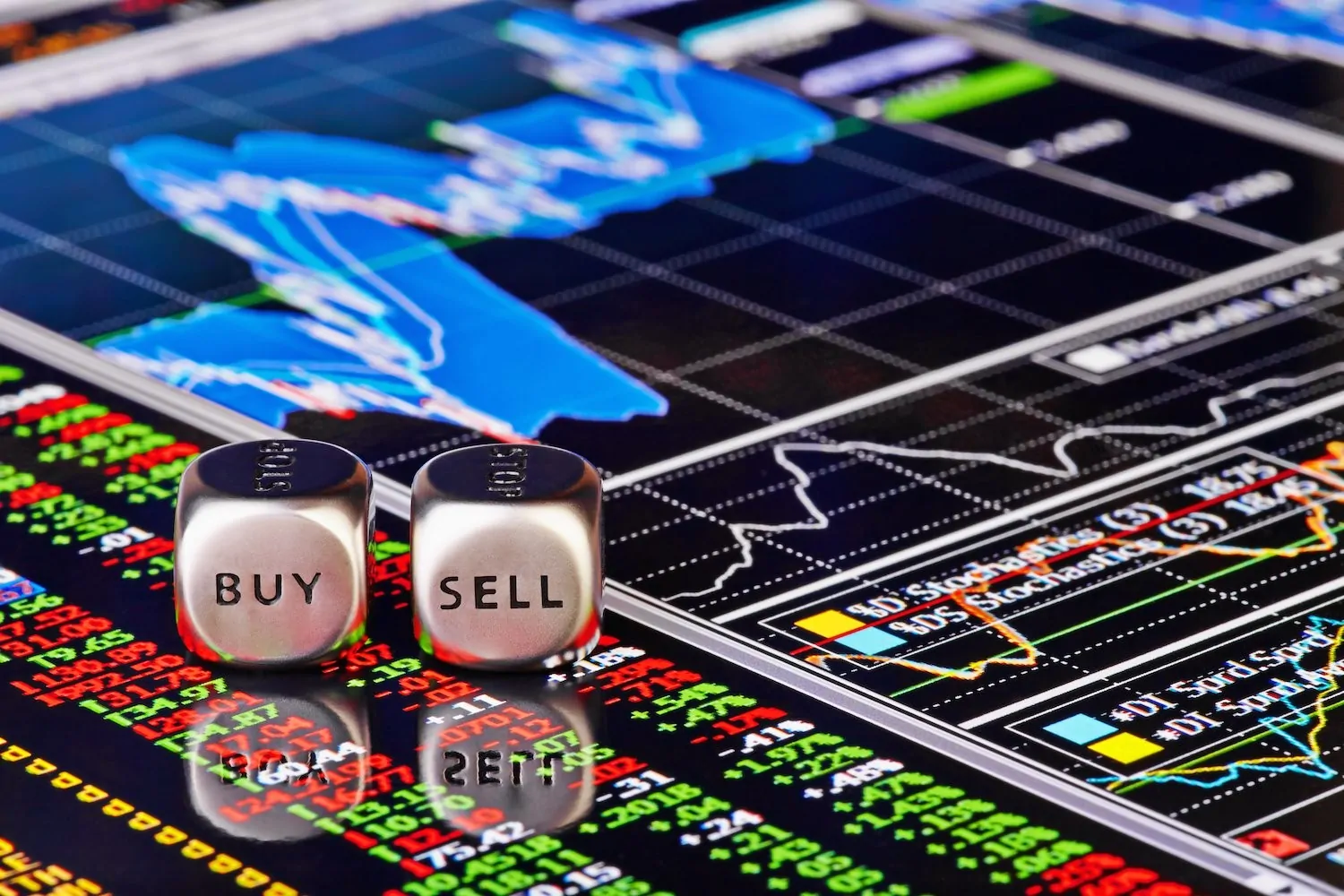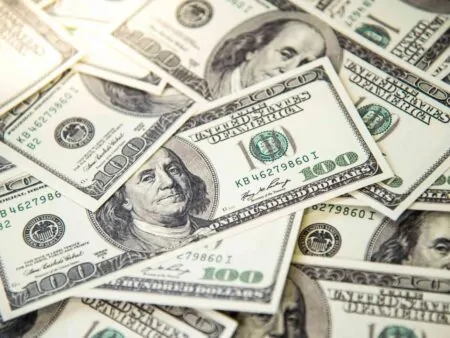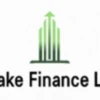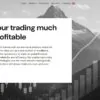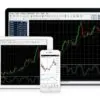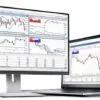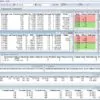Traders who are just starting to trade on the derivatives market may be wondering – what is collateralisation on the stock exchange? It should be understood that this term is used specifically when dealing with derivative financial instruments, in particular, with futures and options.
Definition of collateral
When a bidder enters into a deal to buy an asset – a currency pair, a share, a commodity – he pays its full value in cash. In the case of contracts it is necessary to pay just the guarantee security, which acts as an insurance of the exchange from non-fulfilment of obligations.
Thus, the Forex security is a kind of commission paid by the trader to show his interest in the conclusion of the deal. If one of the parties refuses to fulfil the terms and conditions stipulated in the contract, the exchange will simply write off the CS (guarantee collateral) and insure itself against losses.
An example of using CS on the derivatives market and comparison with spot
At first, it may seem that working with collateral in the futures market is a less costly operation than a direct purchase of an asset (e.g. a share) on the spot market. In the latter case, the trader, exaggerating, needs to pay $100, while for a futures on the same asset – only $10. If the quotations rise, the profit will be the same in either case, so why pay more?
It should be understood that the CS is closely connected with leverage, the use of which increases risks 10 times. Thus, in case of a fall in the value of a share, the losses on the asset and on the futures with the application of the guarantee at MICEX will also amount to the same sum. This is due to the fact that the investor will constantly have to replenish the account due to the margin call.
Collateral: Factors of formation and reasons for change
The Moscow Exchange publishes the actual amount of collateral in a separate section, and this amount will also change constantly if the asset is highly volatile. In order to accurately calculate the risk level for each contract on the derivatives market separately, MICEX applies batch margining.
But this is not what a trader is interested in – first of all, he needs to monitor several factors affecting the formation of the CS value:
- Reaching the limit – the exchange has such a concept as a lower or upper limit, and if the quotation of an asset reaches this limit, it cannot move further. The exchange solves this problem by raising the guarantee and lowering the leverage accordingly.
- Increase/decrease in the underlying asset – affects a proportional change in the amount of the guarantee on the exchange in the absence of other critical factors.
- Opening of the transaction at market value – in this case, the CS bid placement will be deducted ‘with margin’.
- Direct intervention of the exchange – as a rule, the exchange purposefully changes the size of the guarantee collateral if unstable economic-political background prevails in the market.
Tracking changes in the guarantee of shares or other assets will help a trader to effectively hedge risks by purchasing futures or options. At the same time, novice investors should not go to the derivatives market – it is better to understand the mechanism of spot transactions first.
